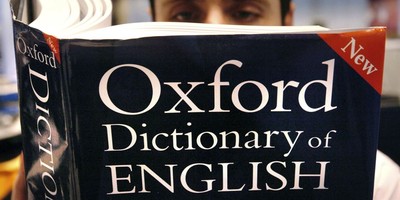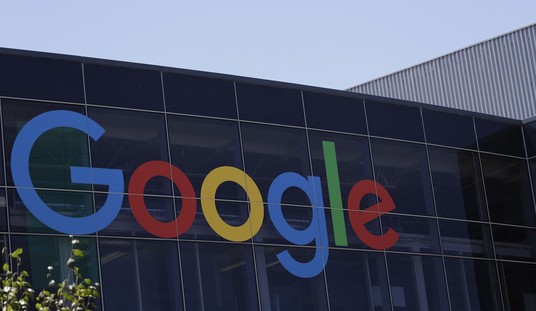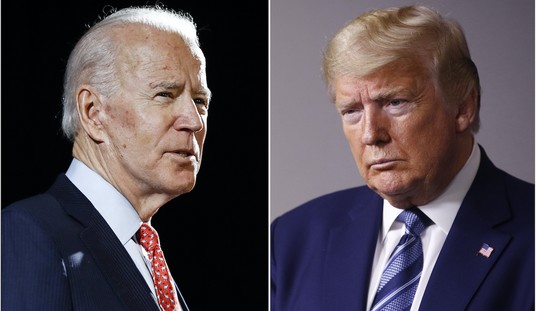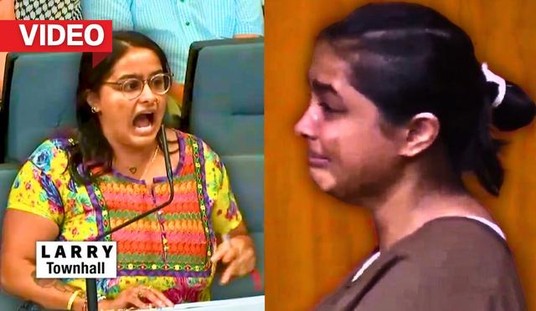Advertisement
Yet, we have 73 million men and women who live with the constant fear that a financial hiccup will trigger a need for money that they don’t have and most likely can’t get. While the Feds are making easy money, it’s going to those with near perfect credit scores which leave many of these 73 million Americans scrambling for other options. In other words, while interest rates are at an all time low, money still isn’t available to those that need it the most.
In a recent study, Serving Consumers’ Needs for Loans in the 21st Century, author Michael Flores finds that neither banks nor alternative financial services providers are extending loans in the $750 to $5,000 range. It’s not complicated to understand, despite benefiting from the Feds’ easy money, loans of under $5,000 simply aren’t profitable for banks. Even if such loans were to exist, many customers wouldn’t qualify. On the other hand, alternative financial services (AFS) providers can’t fill the space because of the burdensome costs of complying with 50 distinct sets of state regulations.
Still, Mr. Flores suggests that it is AFS providers who are in a better position to extend credit to low- to-moderate-income consumers because they have built a more efficient and technology-driven model, that is if regulators can come up with a new banking model. The alternative financial services market is currently limited mostly to payday loans, pawn, or title. With the right regulatory framework, however, AFS providers are capable of expanding into longer-term credit options better suited for many consumers’ needs.
Recommended
Advertisement
It all comes down to a commitment in Washington to focus some of that monetary policy on closing the ever-widening gap between the “haves and the have nots.” However it happens, it will take looking beyond banks as the answer to delivering credit to the 73 million Americans who are on the wrong side of the credit divide.
Allocating credit to those who need it is a complex subject. It is a mistake to think that all commercial banks have the expertise to undertake the credit analysis to make and service all kinds of loans. A bank analyst who understands the credit issues of an oil and gas exploration company is unlikely to have the expertise to analyze an auto consumer loan. Like other industries, the financial industry tends to specialize in various market segments.
The issue of making consumer loans to people on the wrong side of the credit divide raises other issues that make lending to this group very expensive. First, default rates among the poor are much higher than among the rich. Therefore, everything else being equal, loans to the poor will reflect premium pricing to cover the higher default risks. Second, because these are riskier loans, the banks will be forced to have higher capital requirements to support these loans. This leads to higher capital costs. Third, because these loans are smaller than similar loans to the wealthy, the expense of issuing and servicing the loans must be amortized over a smaller loan principal. This also makes a loan relatively more expensive to the poor. Fourth, loans to consumers tend to be subject to much more government consumer and banking regulations than loans to businesses. This too adds to the costs of these low income consumer loans.
Advertisement
The Federal Reserve Bank is principally tied into the regulation of the financial system through the commercial banks. When the Fed introduces stimulus into the banking system, it is the commercial banks lending to the upper tier of the economy which first gets the lower rates and the stimulus. The low end financial institutions like the payday loan companies and the pawn shops are the last in the financial food chain to the feel the stimulus impact of the Fed’s easy money policy.
Furthermore, high end borrowers pay interests rates closer to the risk free market interest rate. So if the Fed reduces the risk free rate by 1%, interest rates to the high end borrowers would decline from say 5% to 4%.. That is a meaningful 20% decline in borrowing costs. On the other hand, low end borrowers usually pay high credit and servicing costs discussed above so a 1% decline in interest rates might take one of these loans down from 20% to 19%. That is a negligible 5% decline in borrowing costs.
Given the dynamics of the market for credit, there is very little the Fed can do to make additional credit and lower rates available to the lower end of the market. If the Fed wants to go around the market and introduce rationing, it can force commercial banks to make loans available to the low end of the market that they do not normally serve. However rationing would have unintended consequences like high losses on low end consumer loans for commercial banks which will impair their capital and thereby reduce their ability to lend additional capital to other segments of the market.
Advertisement

























Join the conversation as a VIP Member